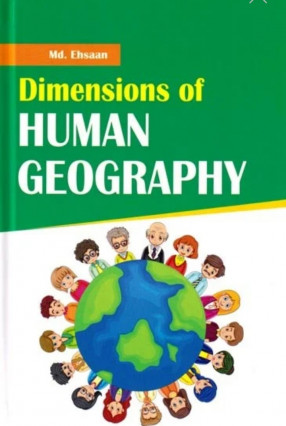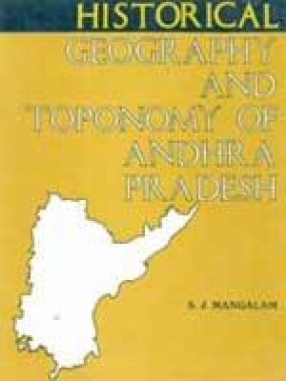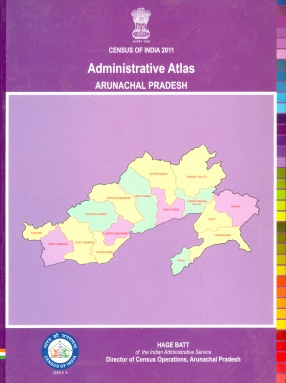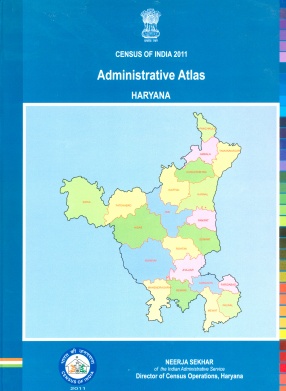Dimensions of Human Geography
Human geography has been energized and replenished in a more decentered manner by multiple authors asking very different questions within the same subdisciplinary space. Some, like Alexander Von Humboldt, are seen as forbearers, but others, such as Friedrich Ratzel and Ellsworth Huntingdon are remembered more for how subsequent geographers disowned their ideas. Somewhat an exception to this is Paul Vidal de la Blache, who took up the chair of geography at the Sorbonne in 1898 and whose students became professors of geography at most of France's (then) 16 other universities. In this instance one could argue that a single leading figure established the terrain and direction of a national geographical tradition - at least for several subsequent generations. Of course there have been highly influential theorists and practitioners in every era, but human geography has been a remarkably open field, particularly since the 1960s, when especially diverse ideas and political practices found traction, and when links were made to anthropology, sociology, cultural studies, economics, and philosophy. This perspective helps explain how contemporary human geography has emerged as a complex and differentiated grouping of scholars and students, institutions and analytical sites, technologies and methodologies, journals and conferences, arguments and audiences - evidenced by the very diversity of entries covered in this encyclopedia. This is a comprehensive textbook that covers the topics typical to a course in Human Geography at the college level. The topics were presented in a logical and clear fashion.
Get it now and save 10%
BECOME A MEMBER







Bibliographic information